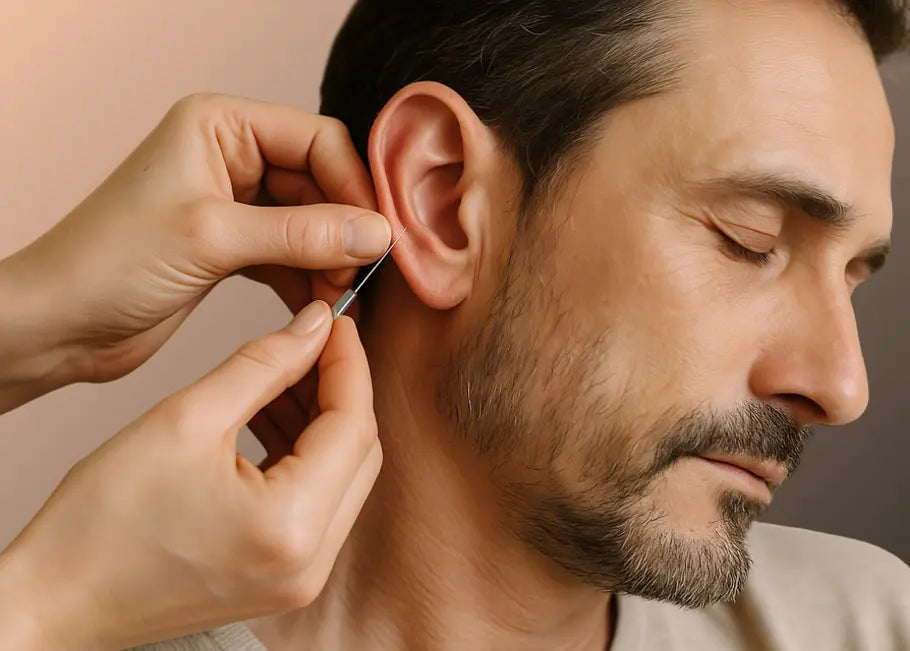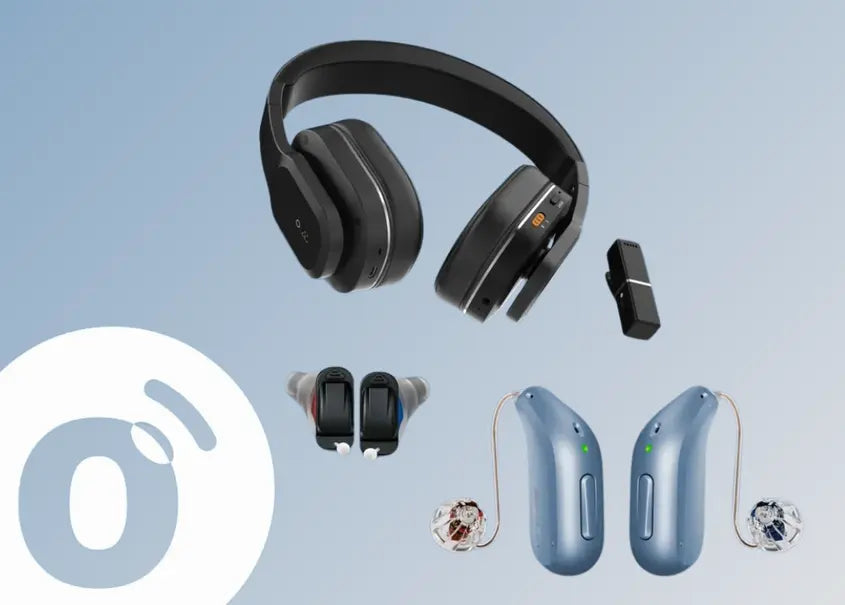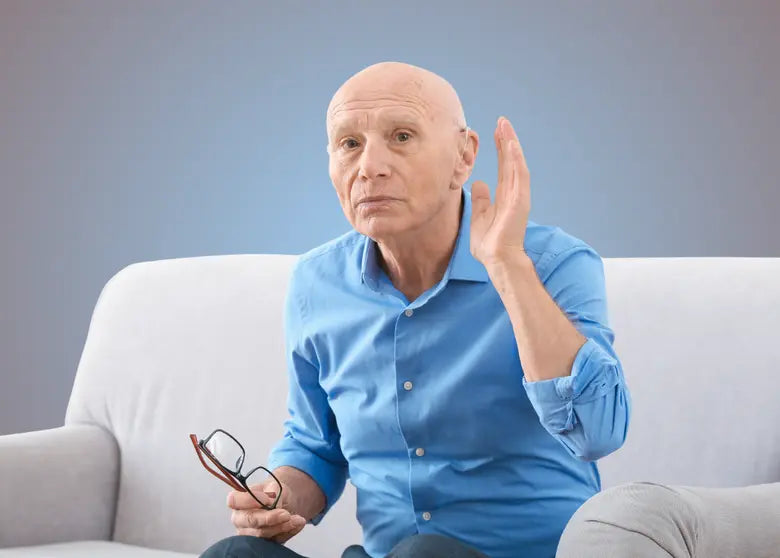Hearing is a precious sense that greatly influences our quality of life and interactions. Faced with various hearing disorders, therapeutic approaches are multiplying, ranging from conventional medicine to complementary methods. Among the latter, auriculotherapy, a branch of acupuncture, is gaining recognition for its potential benefits. Discover how this ancient practice could be a way to improve your auditory well-being.
What is auriculotherapy?
Before exploring its applications for hearing, let's understand what auriculotherapy is exactly.
Principles and foundations of auriculotherapy
Auriculotherapy is based on the principle that the outer ear (the pinna) is a miniature representation of the human body, a kind of map where each point corresponds to an organ, a body part, or a physiological function. By stimulating these specific points with fine needles, beads, or a laser, the corresponding systems in the body can be influenced and regulated.
History and origin of this practice
Although traces of similar practices have been found in ancient times, modern auriculotherapy was developed and systematized by French physician Paul Nogier in the 1950s. He observed that scars on the ear could be associated with lower back pain, which led him to map the entire auricle.
Current scientific recognition
Auriculotherapy has been recognized by the World Health Organization (WHO) as a complementary traditional medicine since 1987. Research is ongoing to further support its effectiveness and mechanisms of action, particularly for the management of pain and certain functional disorders.
Difference with traditional acupuncture
Although auriculotherapy uses similar principles to acupuncture (stimulation of energy points), it differs in its area of application (only the ear) and the fact that it can be practiced without necessarily following the energy meridians of traditional Chinese medicine.
Applications of auriculotherapy for hearing disorders
Auriculotherapy is sometimes explored to relieve certain hearing-related symptoms, although its effectiveness may vary depending on the individual and the nature of the disorder.
Treatment of tinnitus by auriculotherapy
One of the most studied applications of auriculotherapy in the hearing field concerns tinnitus . By stimulating specific points in the ear linked to the auditory and nervous systems, some practitioners seek to reduce the intensity or perceived discomfort of ringing and whistling. Results vary, and auriculotherapy is often used in conjunction with other therapies.
Improved sound perception
Although auriculotherapy cannot repair structural hearing loss (e.g., due to irreversible hair cell damage), some cases report improvement in clarity or sound perception, potentially by affecting circulation or nerve regulation.
Managing stress related to hearing problems
Hearing disorders such as tinnitus or hyperacusis are often associated with significant levels of stress, anxiety, or misophonia . Auriculotherapy, by acting on the nervous system, can help reduce this stress, thus providing indirect relief and improving tolerance to auditory symptoms.
Use cases and patient testimonials
The testimonies vary, ranging from a reduction in tinnitus intensity to better management of anxiety related to hearing loss. It's important to note that the results are personal and this approach should be integrated into a comprehensive care pathway.
Course of an auriculotherapy session
If you're considering auriculotherapy, here's what you can expect during a session.
Initial consultation and assessment
The first session begins with a detailed interview to understand your medical history, the nature of your hearing loss, your symptoms, and your expectations. The practitioner will carefully examine your ear to identify areas that need treatment.
Techniques and tools used
Stimulation of the ear points can be done in different ways:
- Fine needles: These are inserted into the chosen points and can be left in place for a few minutes.
- Beads or Magnets: Small adhesive beads (or magnets) can be stuck to the points for prolonged stimulation.
- Soft laser or electric pen: For a non-invasive approach, stimulation can be achieved by a low-power laser or minimal electrical current.
Duration and frequency of sessions
A session typically lasts 15 to 30 minutes. The number and frequency of sessions vary depending on the disorder and individual response, but a protocol often involves multiple sessions spaced a few days or weeks apart.
Precautions and contraindications
Auriculotherapy is generally well tolerated, but it is contraindicated in pregnant women, people with pacemakers, or those with bleeding disorders. It is essential to consult a qualified practitioner and inform them of your condition.
Effectiveness and limitations of auriculotherapy
Like any complementary approach, auriculotherapy has its strengths and weaknesses.
Scientific studies and results
Studies on the effectiveness of auriculotherapy for hearing disorders are still limited and require more large-scale research for definitive conclusions. However, some studies suggest a positive effect on tinnitus management and stress reduction.
Limitations and unsuitable cases
Auriculotherapy cannot correct physical or structural damage to the inner ear. It is therefore ineffective for severe or profound sensorineural hearing losses that require solutions such as cochlear implants or powerful hearing aids . It is more of a symptomatic or supportive approach.
Complementarity with other treatments
Auriculotherapy is often used alongside conventional medical treatments or other therapies (such as sound therapy for tinnitus), rather than as a sole solution. It is part of a holistic approach to hearing health.
Cost and reimbursement
The cost of auriculotherapy sessions is generally not covered by health insurance in France, but some mutual insurance companies may offer partial reimbursement depending on the contract.
Complementary solutions to improve hearing
Whether you're exploring auriculotherapy or other avenues, it's important to consider all the tools available to optimize your hearing on a daily basis.
Modern hearing assistance technologies
Modern technologies offer practical solutions for even mild hearing loss. Hearing aids, for example, amplify sounds in a targeted manner, improving the clarity of conversations and listening comfort in various environments.
The Spokeo listening assistant as a complement
Spokeo, with its patented bi-conductor technology and directional Smart Mic, is an excellent natural hearing solution , especially for people who face comprehension challenges in everyday situations. It can be used alone or alongside other approaches, offering significant improvements in sound clarity and comfort, without the constraints of medical equipment. Spokeo helps manage listening fatigue and isolation, often associated with hearing disorders.
Holistic approach to hearing disorders
The best strategy often involves a combined approach: medical monitoring, appropriate hearing assistance solutions, and, if desired, complementary therapies such as auriculotherapy for stress management or associated symptoms.
Tips for optimizing results
To maximize the benefits, consider:
- Maintain a healthy lifestyle.
- Protect your hearing from excessive noise.
- Adapt your sound environment when possible.
- Communicate openly with your loved ones about your needs.
Optimize your hearing and that of your loved ones with Spokeo!
Discover our innovative technology for restored sound clarity, with ease.
Discover the Spokeo BoxThis article is provided for informational purposes only and is not a substitute for professional advice. If you have any concerns or experience symptoms of hearing loss, it is important to consult an ENT specialist or audiologist for an accurate diagnosis and personalized advice.













